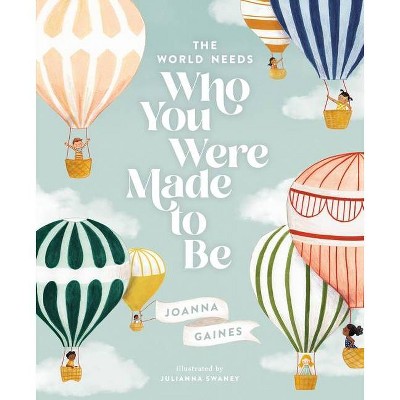About this item
Highlights
- Jenny Jochens captures in fascinating detail the lives of women in pagan and early Christian Iceland and Norway--their work, sexual behavior, marriage customs, reproductive practices, familial relations, leisure activities, religious practices, and legal constraints and protections.
- About the Author: Jenny Jochens is Professor of History at Towson State University.
- 288 Pages
- Social Science, Women's Studies
Description
About the Book
Jenny Jochens captures in fascinating detail the lives of women in pagan and early Christian Iceland and Norway: their work, sexual behavior, marriage customs, reproductive practices, familial relations, religious practices, and legal constraints.
Book Synopsis
Jenny Jochens captures in fascinating detail the lives of women in pagan and early Christian Iceland and Norway--their work, sexual behavior, marriage customs, reproductive practices, familial relations, leisure activities, religious practices, and legal constraints and protections. Women in Old Norse Society places particular emphasis on changing sexual mores and the impact of Christianity as imposed by the clergy and Norwegian kings. It also demonstrates the vital role women played in economic production.
From the Back Cover
Jenny Jochens captures in fascinating detail the lives of women in pagan and early Christian Iceland and Norway - their work, sexual behavior, marriage customs, reproductive practices, familial relations, leisure activities, religious practices, and legal constraints and protections. Much of this information also applies to everyday life in the entire Germanic world. Conveying the experiences not only of aristocrats but also of ordinary farmers, the author draws from her extensive knowledge of the oldest and fullest record of the Germanic tribes. Women in Old Norse Society places particular emphasis on changing sexual mores and the impact of the imposition of Christianity by the clergy and the Norwegian kings. It also demonstrates the vital role women played in economic production: homespun was used for every conceivable domestic purpose; the lengths of cloth became the standard of measurement for local commercial exchange and were used to obtain commodities abroad. Jochens's masterly command of the Old Norse narratives and legal texts enables her to provide a rich social history that includes the fullest analysis to date of pagan and Christian marriage and the first comprehensive study of infanticide in the North.Review Quotes
A thoroughly rewarding book.... The section on economics and production of wadmal and shaggy overcoats deserves close attention as the best treatment in English of an important topic hitherto neglected.
-- "English Historical Review"Although a number of scholars have begun in recent years to approach Old Norse literature from a feminist perspective, Jenny Jochens has been the only historian in the United States to use gender analysis to study the society represented in that literature.... Jochens brings to bear on the Icelandic material a very broad range of knowledge: not only the Old Norse sources in all their complexity but also the body of scholarship in women's history and feminist theory.... This book can be read with profit by all medievalists and is essential reading for anyone interested in Old Norse society.
-- "Speculum"Jenny Jochens has been one of the most prolific scholars working on the perennially interesting theme of the role played by women and scholars in Old Icelandic history and literature. Jochens presents a wealth of fascinating detail, never before collected to this extent... offering a full picture of the lives of medieval Icelandic women.
-- "Saga-Book"Jochens's study is a model of interdisciplinary techniques and research; she carefully describes her sources--largely laws and sagas of various types--and their limitations, and then draws from them information, such as the etymology of key words ('wife, ' 'husband'), possible only for a linguistic scholar of her caliber.
-- "Choice"About the Author
Jenny Jochens is Professor of History at Towson State University.
Shipping details
Return details
Trending Non-Fiction






Discover more options






